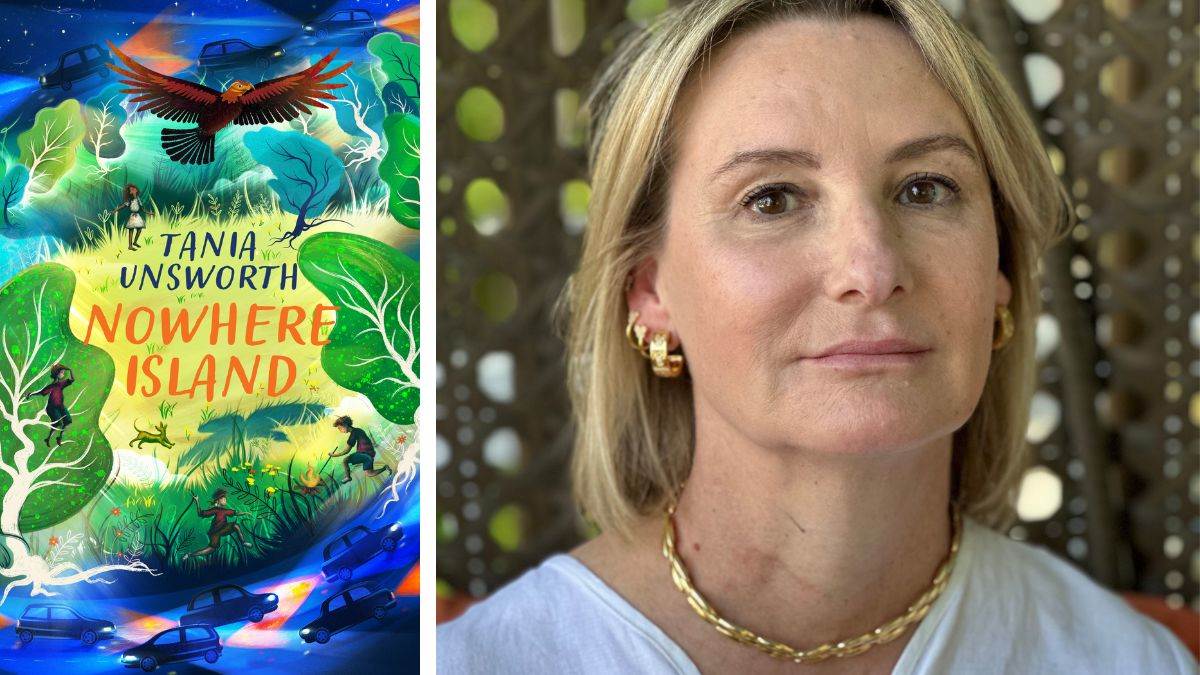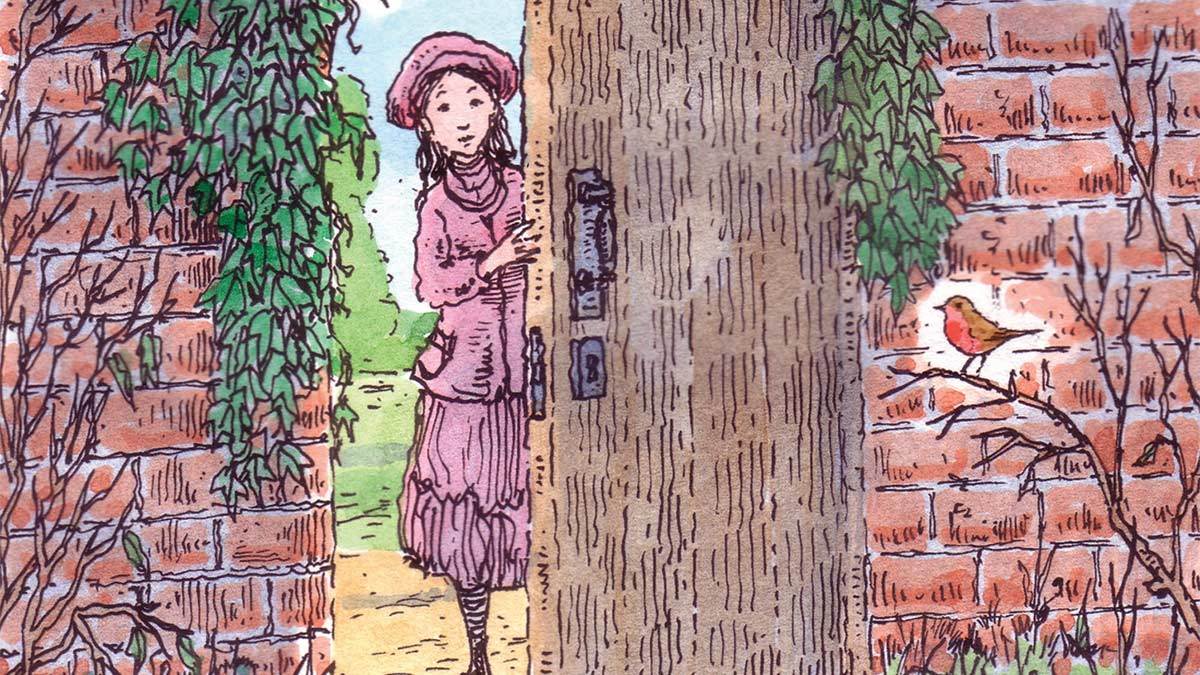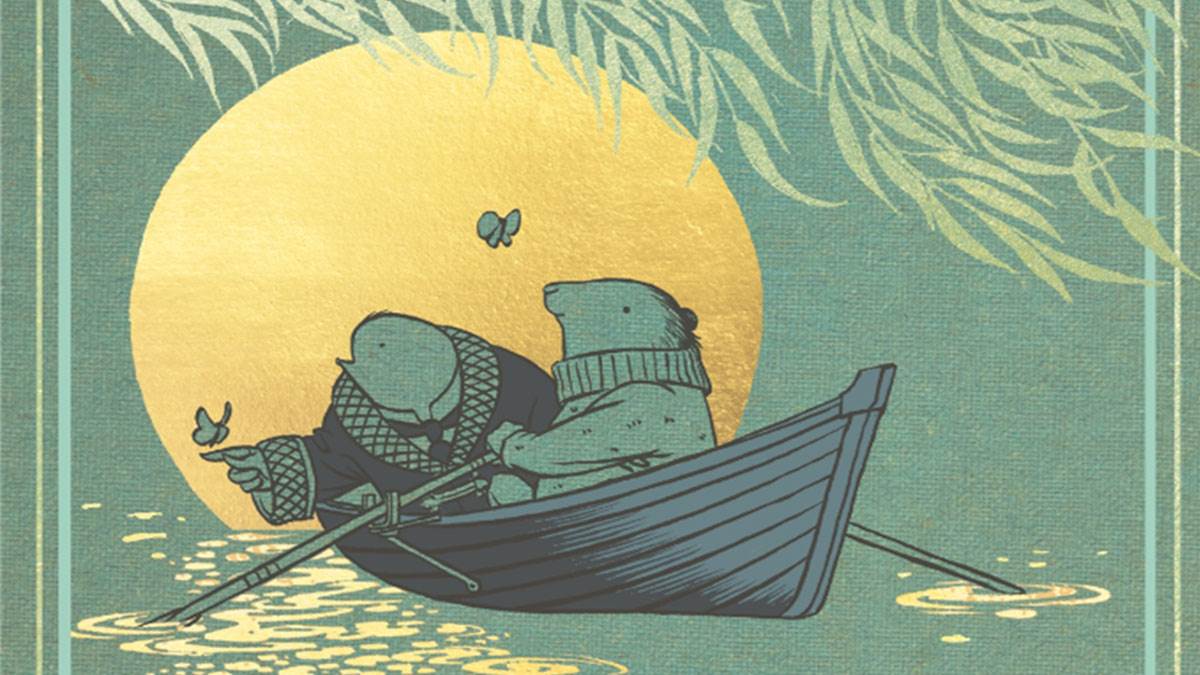Five books showing nature as a magical force
Published on: 12 September 2023
Nowhere Island author Tania Unsworth recommends five fantastic children's stories where nature plays a significant role.

The natural world is a common setting in children’s fiction, partly because it is so versatile. It can be a place of refuge – or of peril. Somewhere to escape to or get hopelessly lost in. A backdrop for adventures of all kinds, from epic journeys to tales of hardship and survival. But my favourite stories are the ones in which the natural world is more than merely a setting, however gorgeous. Instead, it is an entity in its own right. A mysterious – often mystical – force with the power to shape not only the events of a story, but its very meaning. Here are some classic examples.
The Call of the Wild by Jack London
If I thought that a story told through the eyes of a dog would be cute, I was soon put right. Jack London’s account of sled dog Buck, caught between his primordial instincts and his love for his master, is completely devoid of whimsy. In the Canadian Yukon of the 1890s, nature is both brutal and brutalising, an environment where the choice is stark; kill or be killed. Yet the natural world is also wonderful, a deeply compelling spiritual force which London describes with such lyrical power that Buck’s eventual decision seems a foregone conclusion.
“Deep in the forest a call was sounding, and as often as he heard this call, mysteriously thrilling and luring, he felt compelled… to plunge into the forest, and on and on, he knew not where or why…”
If The Call of the Wild doesn’t make you want to stand on a mountain top and howl at the moon, nothing will.
The Secret Garden by Frances Hodgson Burnett
 From the cover of The Secret Garden by Frances Hodgson-Burnett
From the cover of The Secret Garden by Frances Hodgson-Burnett
From shocking start to triumphant end, this story of three children who bring a forbidden garden back to life is one of the most beautiful – and profound – in all of children’s literature. In language that shifts from matter of fact to ecstatic, Frances Hodgson Burnett’s tale is a hymn to the transformative power of nature and its positive effect on the human spirit.
“Everything is made out of magic, leaves and trees, flowers and birds, badgers and foxes and squirrels and people. So it must be all around us. In this garden – in all the places.”
Written over a hundred years ago, some elements of the book have become unpalatable (namely, racist and ableist language and assumptions), but nature being beneficial to the human spirit is more relevant today than ever before.
The Sword in the Stone by T.H. White
Few characters are as endearing as The Wart, whose adventures form the first book of T.H. White’s The Once and Future King. Only Merlin knows he will one day become King Arthur, and – using nature as a guide – tries to prepare the boy. The Wart is transformed into a series of animals, including a perch, an ant and a hawk, each with a different approach to the politics of war and peace. The Wart will use what he learns from these creatures all his life. And at the end, facing death and the ruin of all he has worked for, the memory of his animal teachers will return to bring him comfort. With the cannons of the enemy thundering outside, King Arthur thinks of the wild geese who live in peace because they have no boundaries, and hope fills his heart once again.
“There would be a day – there must be a day – when he would come back … with a new Round Table which had no corners, just as the world had none – a table without boundaries between the nations who would sit to feast there…”
Still makes me cry.
The Wind in the Willows by Kenneth Grahame
 From the cover of The Wind in the Willows by Kenneth Grahame
From the cover of The Wind in the Willows by Kenneth Grahame
I don’t remember reading the Kenneth Grahame classic. I only remember it being read to me at bedtime, the long, flowing, only partly understood sentences seeming - even before I fell asleep - more like a dream than an actual story. I loved Ratty, Mole et al (even if I wasn’t always sure what they were doing), but most of all, I loved the book’s portrayal of nature. The way it made me feel cozy and full of longing at the same time. Nature is playground and haven, a mystical guardian of creatures great and small, and an endless source of wonder.
“A babbling procession of the best stories in the world, sent from the heart of the earth to be told at last to the insatiable sea.”
All you need to do is sit on the riverbank and listen.
The Sam Pig Storybook by Alison Uttley
You can take Charlotte’s Web, multiply it by ten and still (in my opinion at any rate) not come close to the charm of Alison Uttley’s stories about a family of pigs and their badger guardian. Although set in a bygone era, their humor, character appeal, and utterly joyful depiction of nature make them timeless. In Sam Pig’s world, everything is alive. The wind that steals his trousers, the rain that comes visiting in the form of a mysterious stranger, even the falling leaves that grant wishes to those who can catch them…Completely magic.
Stories like these formed part of the inspiration for Nowhere Island. Although the book is set in the real world, the small patch of scrubland in which it takes place is more than a little magical. Hiding in plain sight in the middle of a busy motorway, it’s a secret kingdom, bigger on the inside than the outside, and so filled with life that it’s easy to forget the traffic rushing by on either side. The animals in the book are also more than they seem. A dog called Junk who may be a genius. A guardian angel in the form of a lost condor. And a family of tiny, blue-eyed foxes who represent something miraculous; nature’s incredible ability to adapt and survive despite all odds.
The great wildernesses of the world may be vanishing, but the wild endures in a thousand unlikely places. Nowhere Island is the story of just one of them.
Topics: Environment, Nature, Bedtime, Features
More books about nature
Discover more books about the beauty and magic of the natural world.
Favourite books about the environment (younger children)
From climate change to animal conservation, these picture books, poetry collections, novels and graphic novels will encourage children and young people to think about and discuss pressing issues about the environment.
Nature non-fiction (younger children)
From flora- and fauna-themed early learning books to detailed studies of species and habitats, these non-fiction nature books are perfect for any young inquisitive minds.
Nature non-fiction booklist (older children)
Non-fiction books about nature are great for older children, from engaging reluctant readers to inspiring budding environmentalists.



